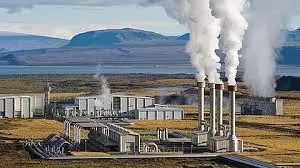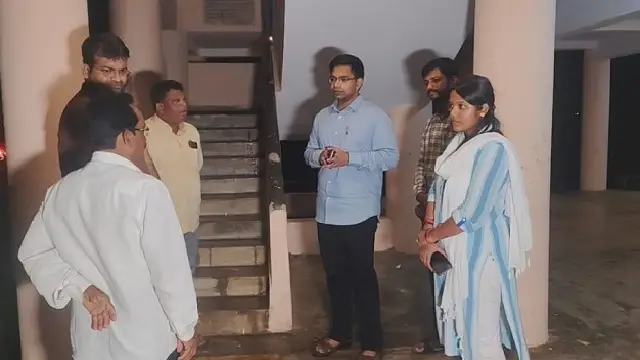Copyright deccanchronicle

Hyderabad: On CSIR's Open Day, around 2,500 people visited NGRI, most of them being students from schools and colleges. Scientists had displayed their works along with samples and equipments, charts and models to explain their work. At one such stall, the application of geothermal energy, was explained."Though widely used in several countries, it is still at an exploratory stage in India," said Dr Nagaraju Podugu, senior technical officer at NGRI. According to him, India has 381 hot springs, of which Puga and Chumathang in Ladakh, Tattapani in Chhattisgarh, Manuguru in Telangana, and Bakreshwar in West Bengal are the most promising for producing geothermal electricity. “Before generation, we need to know the source depth, heat flow and temperature. For electricity, we require at least 150°C at a drillable depth. Drilling beyond five to six kilometres is not viable, so we look for zones where such temperatures are accessible at two to three kilometres,” he explained.NGRI and collaborating agencies have conducted surveys and drilled boreholes at sites like Manuguru, where temperatures of 65-68°C were recorded. Using the Organic Rankine Cycle (ORC), even low-temperature water can produce electricity. The ORC works by using a secondary fluid which has a lower boiling point than water, which vaporises at relatively low temperatures and is then used to drive turbines and generate electricity. “At Manuguru, a pilot plant set up with Singareni Collieries and a private institute generated 20 kilowatts from 68°C water. This shows the possibility, though efficiency is low,” Dr Podugu said.While Hyderabad itself lacks the heat flow required for geothermal power, Dr Podugu said the technology has other applications: “At shallow depths, ground temperature remains constant year-round. This can be used for space heating in cold regions like Ladakh, and for cooling in hot regions like Hyderabad. By installing vertical loops and heat pump systems, water can absorb or release heat to maintain room temperature efficiently.”



